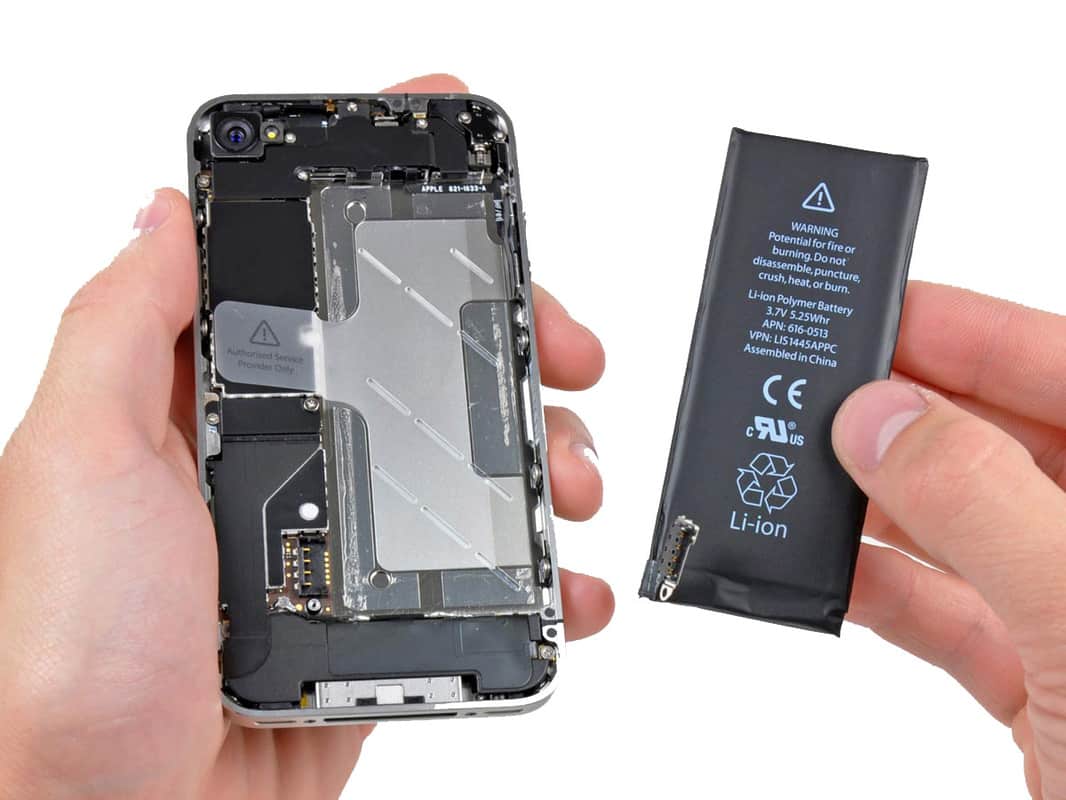1.4K
Most remote controls, measuring devices and other small electronics are powered by rechargeable batteries. We show you how a rechargeable battery works and what exactly is inside the small power storage unit.
How a rechargeable battery works – simply explained
- Inside a rechargeable battery is a liquid, the electrolyte. In addition, a rechargeable battery contains two different types of metal.
- The electrolyte causes the two metals to react with each other. There is an exchange of electrons between the two metals.
- To use this chemical energy, you need to insert the battery into a remote control, for example. Connecting the two poles sets the electrons in motion.
- The movement of the electrons creates electrical energy, which is used to operate our remote control. On the other hand, heat energy is generated so that the battery heats up when you use it for a longer period of time.
How a lithium-ion battery works
Meanwhile, the so-called lithium-ion batteries are used for almost all devices. Whether it’s a smartphone, laptop or digital camera, lithium-ion batteries are everywhere.
- The metal at the negative pole of the battery is graphite in which lithium is embedded. Lithium cobalt dioxide is found at the positive terminal.
- When the battery is connected to the mains, the positively charged lithium ions move from the positive pole to the negative pole. If you use the battery in a device, the electrons are picked up by the ions.
- The negatively charged ions then travel back to the positive pole and are charged again here.
- This process is finite. After numerous charging cycles, not all lithium ions can be fully discharged. This is why the runtime of rechargeable batteries also decreases within approx. two to five years, depending on the period of use.
